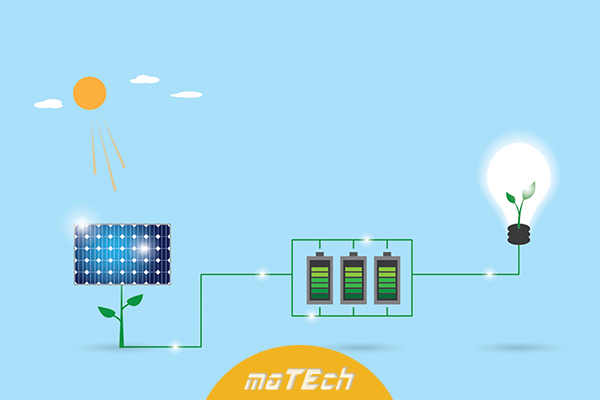A solar battery is one that receives its energy from the sun or from some other light source through the use of photovoltaics and store power generated and discharge the power as needed (through an inverter). By using a controller, the appliances can work with 110/220V electricity current from the battery.
In most cases, a solar-powered battery is implanted in an electronic device and not capable of being removed. A solar battery is usually capable of fully charging after just an hour or two of exposure to sunlight.
What types of solar batteries most often used?
There are two types of batteries most often used in the market. These are called GEL and Absorbed Glass Mat (AGM) batteries. Both GEL and AGM They store their charge very well and do not degrade as easily as the common lead acid (wet cell) battery. Because of the type of material used as the electrolyte (GEL or Absorbed Glass Matt) there is very little chance of a hydrogen gas build up that can lead to an explosion and these batteries do not experience corrosion. They are very safe batteries and are therefore ideally suited to solar pv and wind turbine (remote power) installations.


